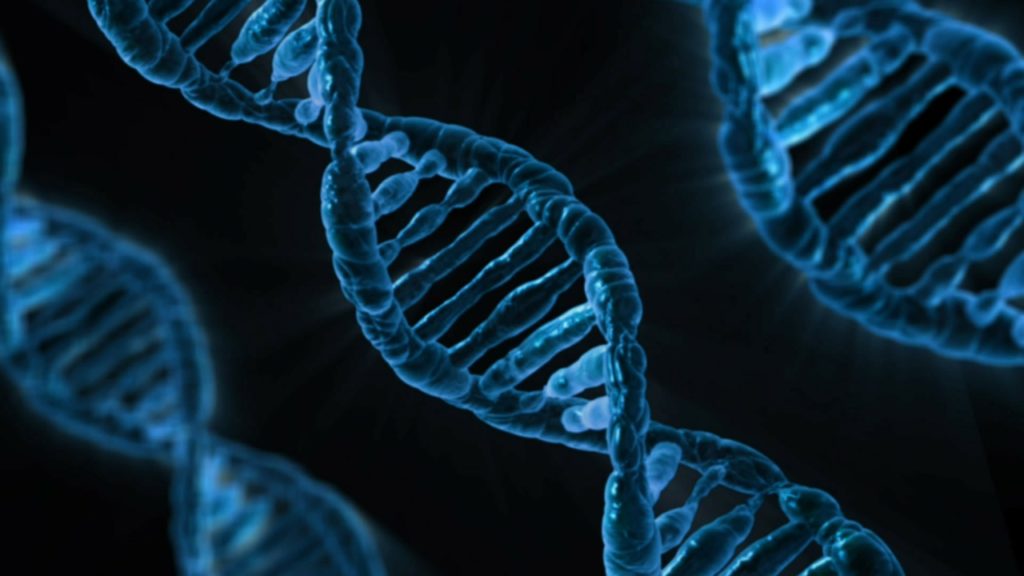The National Organization for Rare Disorders (NORD) held its virtual Rare Diseases and Orphan Products Breakthrough Summit on October 18-19, 2021. Patient Worthy was able to sit in on some of the presentations and learn more about what progress is being made in the treatment of rare diseases. One session that we took part in was titled “Gene Therapy and Gene Editing: Current Status and Potential Impact on the Rare Disease Community.”
This session was moderated by Jens Wendland, Global Program Leader at Takeda Pharmaceuticals. Speakers included:
- Ashanthi De Silva, Membership Manager, NORD;
- Larissa Lapteva, Associate Director, Center for Biologics Evaluation and Research (CBER), FDA;
- Michael Maitland, Senior Director, Clinical Development, Intellia Therapeutics
This session provided an overview of the use of gene therapy in rare diseases, the prospects of future use, and potential barriers that could emerge in the future.
Ashanthi was born with the rare disease severe combined immunodeficiency (SCID) and talked about the first-ever gene therapy trial in history. With this disease, patients have almost no immune system function and are very vulnerable to infection. Ashanthi receives treatment with enzyme replacement therapy. Her blood was used for research that would lead to the first trial of gene therapy, and she would be one of the first people in the world to be treated with it.
Most gene therapies work using a viral vector, which is essentially an altered virus that is used as a vessel to deliver genetic material that is intended to replace the mutated gene in the patient. Most modern gene therapies use lentiviral vectors, but the first trial used a retroviral vector. While that trial was mostly considered a failure, Ashanthi saw improvements in her condition, such as greater T-cell and B-cell counts. Other participants were not so fortunate. She concluded that patient safety and access to treatments have to be the top priority and that gene therapy shouldn’t be a medicine that is only available for the ultra privileged.
Michael presented the differences between gene editing and gene augmentation. They are both similar in that they deliver DNA sequences into target cells. He specifically defines gene augmentation therapy as being deployed with the goal of having the target cells produce a protein on their own that the disease mutation prevented them from doing before, therefore eliminating the need for therapies that replace the protein as needed.
Gene editing is different in that it uses an enzyme that can selectively “cut” or “incise” nucleotides out of the genome and remove a mutated gene. These can then be replaced by other nucleotides and silence the genetic mutation causing the disorder.
Larissa traced the history of gene therapy development, which has continued to increase in recent years. In 2020, 61 percent of gene therapy programs were for rare diseases. She also provided an overview of currently approved gene therapies, such as genetically modified cellular therapies, or immunotherapies, that have been developed to treat multiple myeloma and other blood cancers. There are also a small number of viral vector based therapies that have been approved to treat retinal dystrophy, spinal muscular atrophy, and recurrent melanoma.







